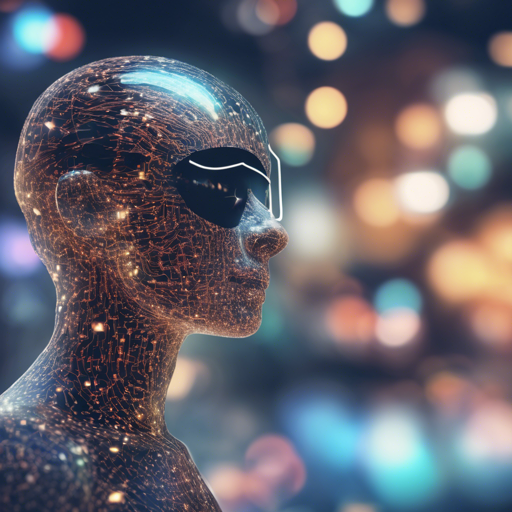Creating stunning photos with a beautiful bokeh effect has become a common goal for photography enthusiasts. The ability to have a shallow depth of field, isolating the subject and blurring the background, brings a professional touch to images. In this guide, we’ll explore how to achieve this effect using advanced deep learning techniques.
1. Overview
This project provides an implementation of the deep learning-based bokeh effect rendering approach introduced in the paper. The model is trained to transform standard narrow-aperture images into shallow depth-of-field photos, resembling those captured with professional DSLR cameras, specifically the Canon 7D. Remarkably, this approach is camera-independent, requires no special hardware, and can be applied seamlessly to existing images.
For visual examples of this method, including comparisons to the Google Pixel Camera app’s Portrait Mode, visit the project webpage.
2. Prerequisites
- Python packages: scipy, numpy, imageio, pillow
- TensorFlow 1.x or 2.x + CUDA cuDNN
- Nvidia GPU for optimal performance
3. First Steps
To get started with this bokeh effect creation, follow these initial setup steps:
- Download the pre-trained VGG-19 model and place it in the
vgg_pretrainedfolder. - Download the pre-trained PyNET model and save it in the
models/originalfolder. - Download the EBB! dataset, ensuring you extract it into the
ebb_datasetfolder; it should containtrainandtestsubfolders.
Note: Google Drive has download quotas, so it is advisable to log in and use the “Add to My Drive” option to avoid limits. More information can be found here.
4. Understanding the PyNET CNN Architecture
The architecture of PyNET follows an inverted pyramid shape and processes images at seven different scales. Imagine this as a multi-tiered cake, where each layer processes information at varying levels of detail. The training starts at the lowest layer and progresses upwards, capturing essential features:
- The 7th layer focuses on low-resolution manipulations.
- As it ascends, features are upscaled and refined, enhancing the quality of the processed images.
- Two additional transposed convolutional layers on top further upscale images to the desired resolution.
5. Training the Model
The training process occurs layer by layer, starting from layer 7 to layer 1. To start, run the following commands:
python train_model.py level=7
python train_model.py level=6
python train_model.py level=5
python train_model.py level=4
python train_model.py level=3
python train_model.py level=2
python train_model.py level=1While training, several parameters can be adjusted, such as batch_size and learning_rate. Using GPUs with limited memory requires you to customize the batch size for stable training results.
6. Testing the Model
To evaluate the pre-trained models with full-resolution test images, run:
python test_model.py orig=trueYou can choose to run the model on either GPU or CPU by setting the use_gpu flag.
7. Validating the Model
For validation of the obtained model on full-resolution test images:
python test_model.pySet similar optional parameters as you did in testing for consistency.
8. Folder Structure
The expected folder structure for this project includes:
modelsmodels/originalebb_datasetresultsresults/full-resolutionvgg-pretrained
9. Troubleshooting
If you encounter issues throughout the setup or training process, consider the following:
- Ensure all dependencies are correctly installed.
- Check your file paths for the datasets and models.
- Monitor GPU memory usage while training; you might need to adjust batch sizes if you face memory errors.
For more insights, updates, or to collaborate on AI development projects, stay connected with fxis.ai.
Conclusion
By following these steps, you can bring professional-grade bokeh effects to your images through deep learning techniques. The methods discussed here not only enhance the aesthetics of photographs but also showcase the capabilities of modern AI. At fxis.ai, we believe that such advancements are crucial for the future of AI, as they enable more comprehensive and effective solutions. Our team is continually exploring new methodologies to push the envelope in artificial intelligence, ensuring that our clients benefit from the latest technological innovations.

